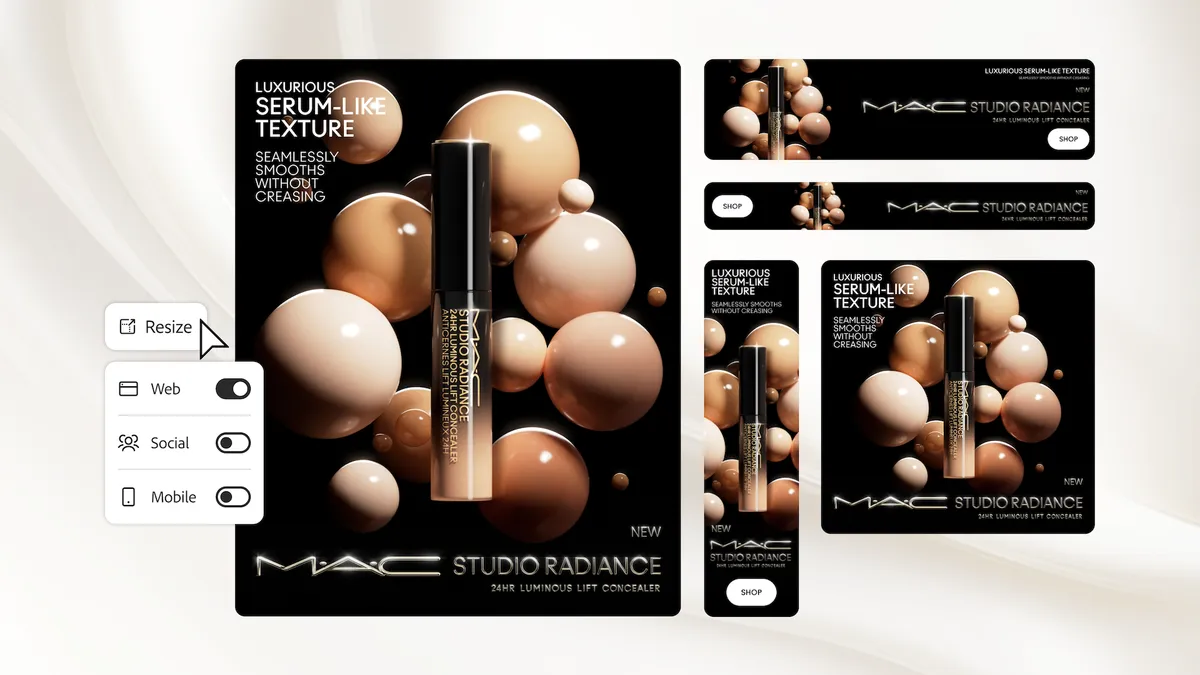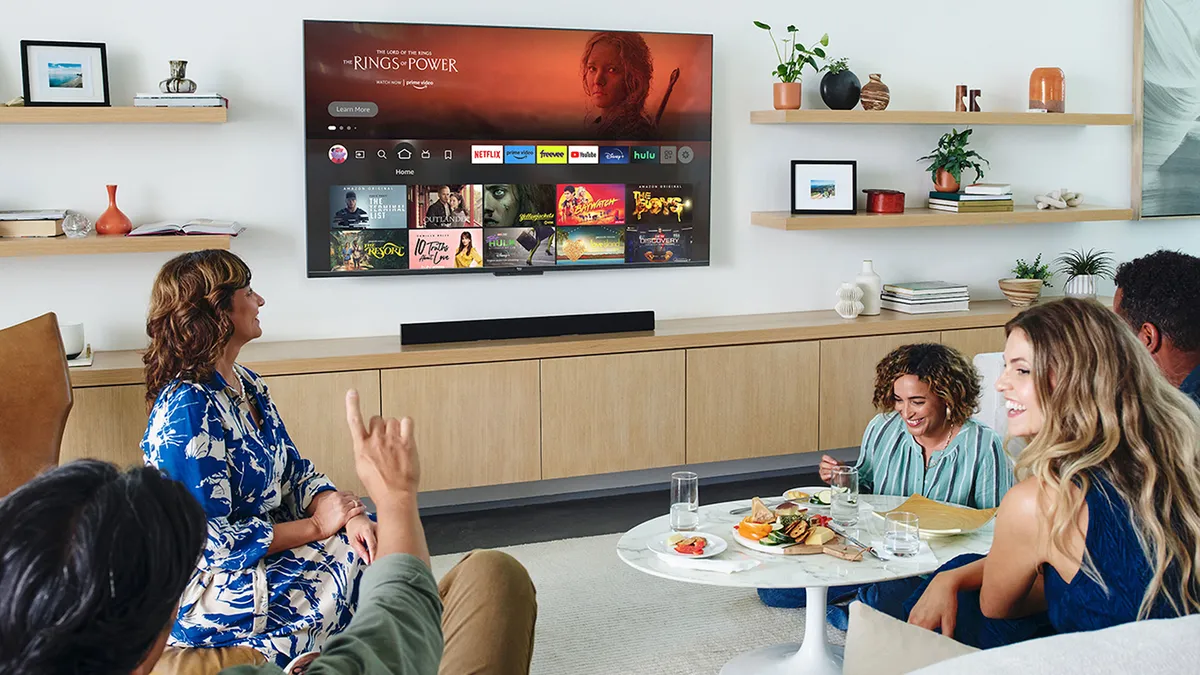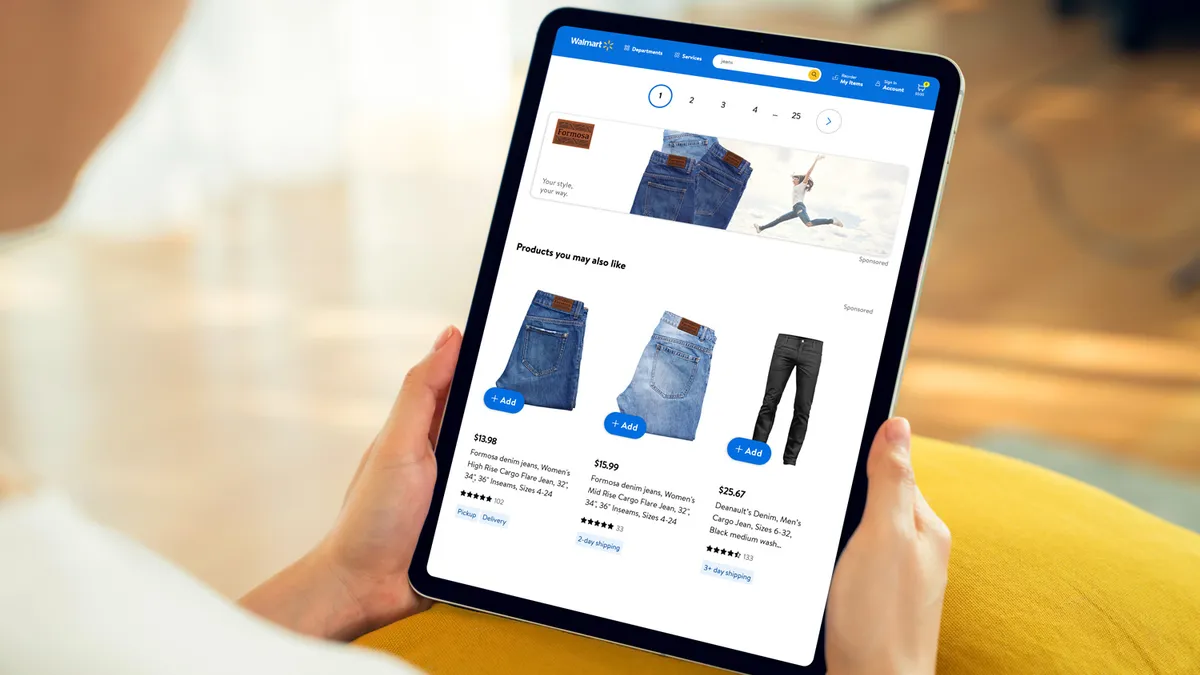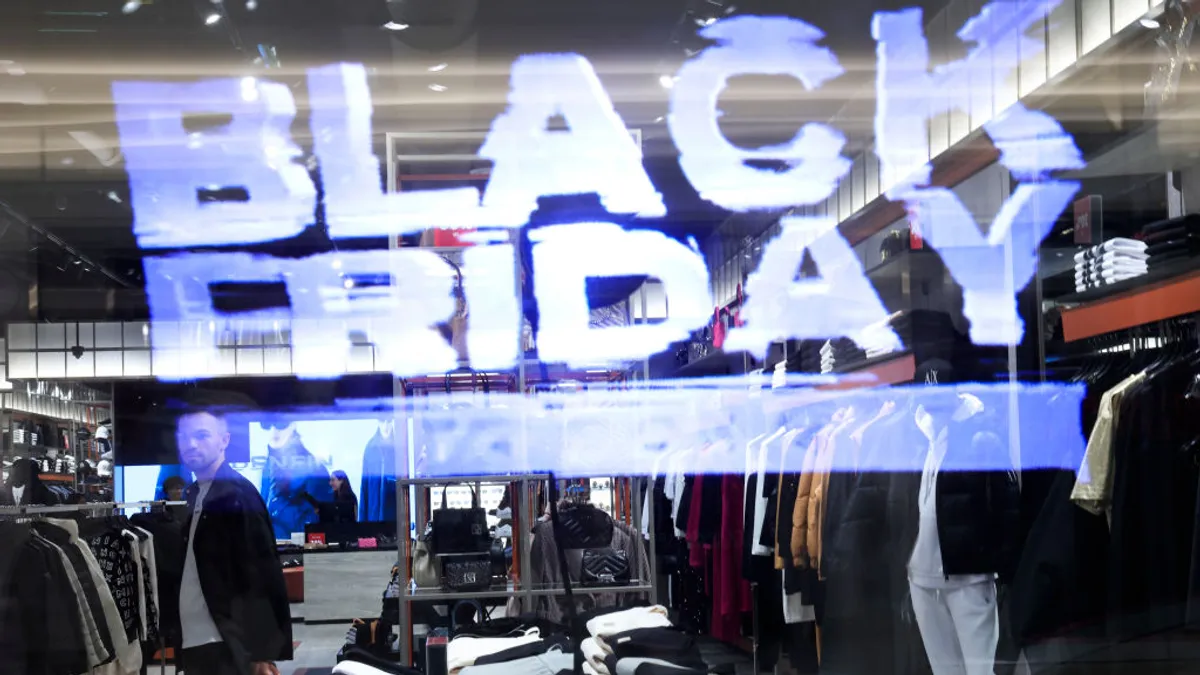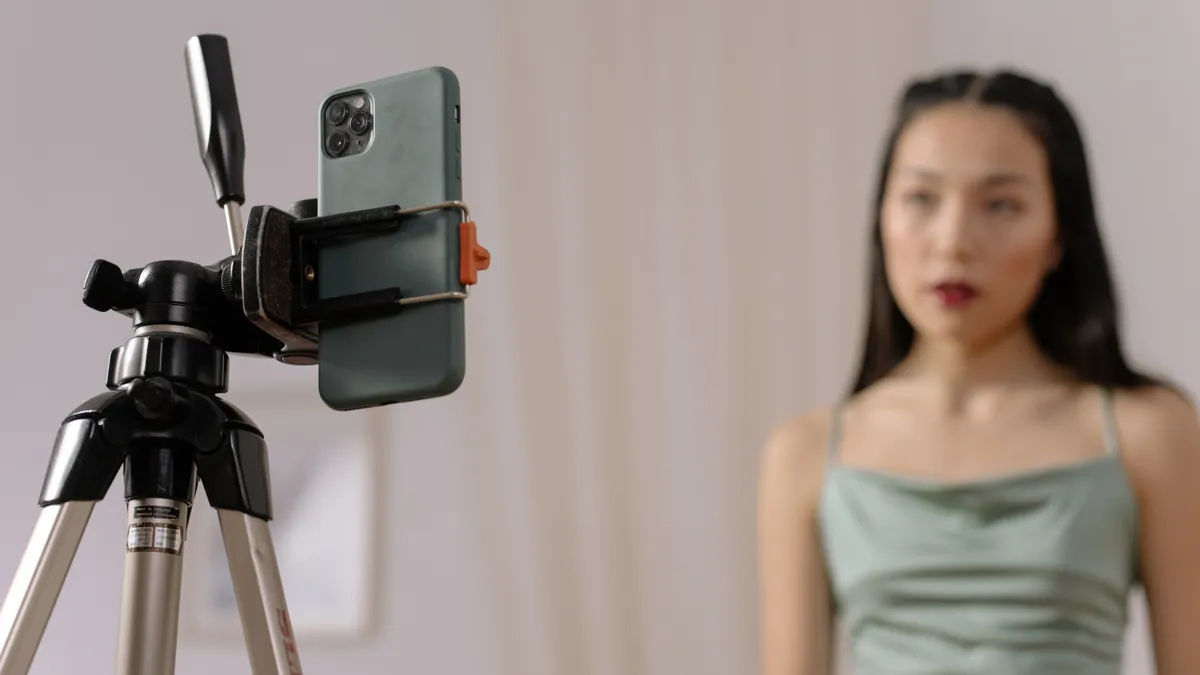Last year, consumer-facing marketing technology expanded at a rapid enough clip to make a science-fiction writer’s head spin. But with limited clear use cases available for bleeding-edge developments, the tech focus in 2017 will move behind the scenes to work toward increasing marketing efficiency.
Trends that were already materializing in 2016 will become even more apparent this year: Chatbots and AI will get smarter, though a Hal 9000 isn't coming anytime soon. Ad tech will continue to consolidate, facing down a Google/Facebook duopoly, though Snapchat might prove to be the little engine that could if predictions from WPP's Martin Sorrell come true. And, no, "new" screens on smart refrigerators and VR/AR devices aren't going to hold a candle to regular ol' mobile, which might account for 75% of all internet usage.
As product offerings proliferate, these emerging technologies will only just begin to ground themselves, with some mediums like AR/VR starting to approach critical mass. In terms of IoT, smart televisions, which have been on the horizon for awhile anyway, could start to deliver on their potential thanks to streaming's popularity.
Over the coming months, the spotlight will also shift to improving technology for tracking fraud and resolving users' identities, as marketers (hopefully) demarcate between technology that gets a lot of mindshare versus what provides a tangible benefit to their business.
“What we see generally from our clients is that they're trying to cope with an accelerating world and that they are trying to satisfy very sophisticated and entitled consumers,” said Joe Stanhope, vice president and principal analyst at Forrester Research. “That is not only forcing them to do things faster but also change the kind of technologies they buy and how they use those technologies as well.”
If that all sounds more stressful than exciting, a more workmanlike year might be just what marketers need to catch up in the myriad spaces in which they've fallen behind. To give a clear picture of what's just hype and what's actually hot, industry analysts offer their predictions for where marketing technology is heading in 2017:
AR/VR is still mostly buzz — but maybe not for long
With all the chatter last year about AR and VR, media headlines started looking a bit like alphabet soup. To be sure, these mediums have existed for a while, but 2016 was the first time they made their way into mainstream consumer hands, whether through new hardware products like Google’s Daydream View headset or AR-powered apps like Pokemon Go.
Adoption rates in the experiential space are primed to accelerate as well. In October, Juniper Research predicted consumer spend on VR hardware could crack $50 billion by 2021; just a few months later, the International Data Corp. said shipments of augmented reality gear might reach 15 million by 2020 and that the technology could “create a shift in computing significant enough to rival the smartphone."
Closely examine these forecasts and the trend is easy to see: AR/VR is still years away from realizing its full potential.
“It has to reach critical mass,” said Alanna Gombert, GM at IAB Tech Lab. “At the end of the day, I don't think we're there yet [...] I think [2017] will be a definitive scale play for VR and AR.”
From the marketer side, some teams are carrying over the wait-and-see approach from 2016, carving out budget for experimentation but little else. Even more teams likely aren’t thinking much about immersive mediums at all, especially as mastering older channels like digital and social continues to prove difficult.
“I haven't had a ton of conversations about [AR/VR],” Stanhope said.
“It's not like it's persona non grata — I've had clients that have looked at things like VR as a part of an overall innovation practice,” he added. "[But] imagine you're a consumer packaged goods company: You're looking at this trend and realistically probably saying, 'I have no idea how this applies to my giant brands.'"
However, if last summer’s craze over Pokemon Go demonstrated anything, it’s that the space is incredibly volatile. One decent — or at least buzz-worthy — product in 2017 might be enough to turn the tide of attentions and better define what exactly these mediums can provide for brands and advertisers.
“It could take a week if something comes out that's super sexy,” said Gombert. “There's a price point barrier at the moment and also the debate between using a phone versus other hardware. I don't know how it's going to play out this year but, hopefully, that question will be solved.”
It's not quite an Internet of Things yet
The Internet of Things (IoT) is another area exploded last year in everything from digital assistants such as Amazon Echo to connected cars. Of the bleeding-edge tech offerings, IoT perhaps holds the richest marketing potential, promising deeper insights into consumer behaviors at home and beyond.
Sixty-two percent of U.S. consumers now own some form of IoT device as well, according to the IAB, and 65% of this group are receptive to being served ads via their devices. While that may lead some brands to envision a monetizable, Jetsons-esque household in the near future, the reality of the situation is a little less sci-fi.
“Everyone likes to talk about, 'Oh, great, now you're going to have connected toasters,'” Stanhope said. “I think [IoT] maybe got out a little further than even VR has [...] Instead of saying IoT is this master giant thing [...] there are perhaps more practical ways for marketers to look at it.”
With products such as wearables essentially a non-starter at the moment — sorry, Pebble fans — the big focus for IoT this year will instead be on the familiar: television. Of the U.S. consumers who own an IoT device, 47% have smart TVs or streaming services, making them the most popular category in the field, per the IAB. It's also the area likely to see significant growth this year as the trend toward cord-cutting continue.
“Marketers [are] saying they spend about as much on TV advertising as they do on digital. If they're becoming smart, these can both be relevant,” said Stanhope. “If you can link them together — and we know people use multiple screens — TV doesn't have to be separate. TV and other devices and media actually become additive to a broader customer experience and that's what people are going to start thinking about in 2017.”
When it comes to security, marketers will stop seeing the forest for the trees
A peaceful end to 2016 it was not, as the security firm White Ops warned marketers that it had discovered a Russian bot farm that may be the root of the largest digital ad fraud scheme ever. The imaginatively named "Methbot," which continues to operate, reportedly siphons up to $5 million in ad revenue daily from some 6,000 premium publishers, including Fox News, ESPN and Fortune.
"Security is obviously a big thing in our world and it's going to be a top-of-mind topic, especially after Methbot," Gombert said. "The fact that we have a living, breathing technology infrastructure that needs to be supported from the basest levels of the advertising ecosystem is now coming to the forefront."
Part of the problem stems from a forest-for-the-trees scenario where marketers are so fixated on how their offerings tie into the greater online landscape that little attention has been paid to ensuring that landscape's marketing and advertising technologies are standardized and secure.
With Methbot's lasting deleterious effects as a touching-off point, brands, advertisers and publishers will band together for a more concentrated push toward a better line of defense in 2017.
"The focus is going to be on the minutiae [this] year," said Gombert. "What is the underlying framework here, be it the standards, the actual technology hardware or who does what where?"
Initiatives like the Trustworthy Accountability Group (TAG), whose board of directors features representatives from across the marketing, advertising and publishing industries, is working with the IAB Tech Lab to produce better identification systems that can track various players in the ecosystem to flag down fraud.
"We're going to have faster, smarter and better conversations about things like [Methbot]," Gombert said. "We're going to build technology that helps track these things so we can actually find them faster as an industry standard."
Technology will help put the customer first
A single-channel focus is no longer practical for marketers. Growing cynicism toward traditional messaging means brands will need to look even more toward omnichannel and cross-device strategies to sustain connections and glean more multi-faceted insights into their consumers' attitudes and behaviors.
“When marketing tended to be a bit more channel-centric, you had more silos [...] Those things didn't have to intersect and we didn't care as much,” said Stanhope. “Now that we want to try to interact with you intelligently and in a relevant, personalized way across channels [...] being able to identify customers is becoming increasingly important. We're seeing a kind of renaissance there.”
Identity resolution technology will be top of mind in 2017 as businesses attempt to better tie together multiple interactions throughout the customer experience. As demand for identity solutions grows, vendors will work more cooperatively with customers to compile broader, comprehensive consumer profiles.
“A lot of it's a brute force data game. Just having enough data to scale up the kind of matching that you can do,” Stanhope said. “There’s a lot of opportunity here and everything from agencies to digital providers, marketing companies to marketing tech vendors are going to be thinking how to productize and scale up identity for customers.”
More cooperative efforts will lead to better personalization that can guide the right message to the right devices at the right time. Putting the consumer first, in regards to identity resolution and also the quality of ads, may also help reestablish some of the eroded trust that has recently manifested in what could be construed as anti-marketing technologies, such as ad blockers.
"At the end of the day, the goal of advertising is to show a consumer a message. That's the definition of advertising, that's our business," said Gombert. "So getting back to that, back to that relationship between the advertiser, the consumer and the publisher [...] is crucial for our industry."








